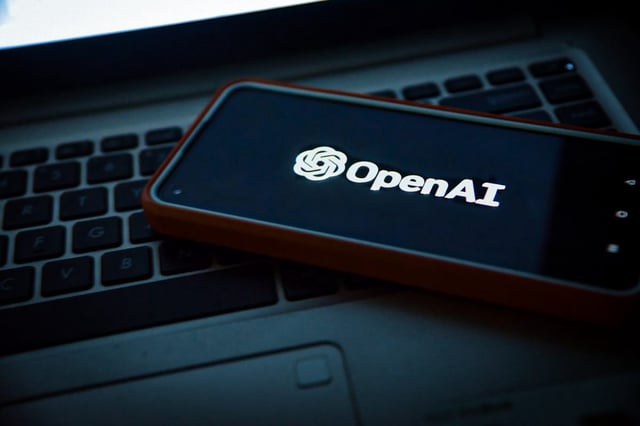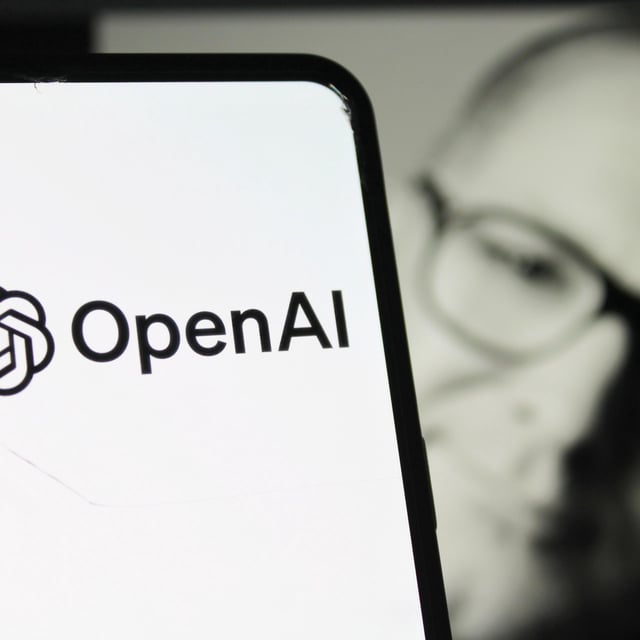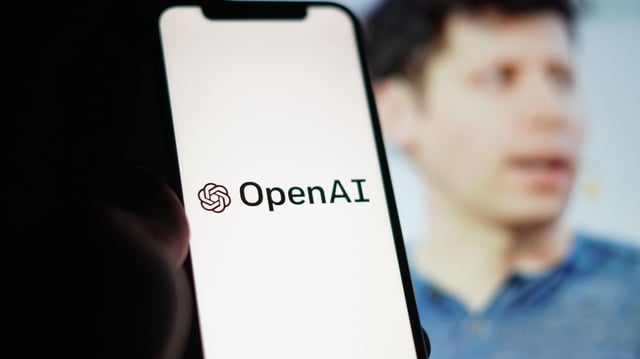Overview
- Financial Times–sourced reports describe a palm-sized, screenless companion that relies on cameras, microphones and sensors to understand surroundings and respond by voice.
- People involved say computing capacity is the biggest bottleneck, with OpenAI short of the infrastructure rivals use to run persistent assistants for mass-market use.
- Engineers are still defining the assistant’s voice and manner, aiming for helpful interactions that know when to engage and when to end a conversation.
- The proposed always-on design has prompted internal privacy concerns over continual audio and visual collection and how those data would be safeguarded.
- Following OpenAI’s $6.5 billion purchase of Ive’s firm and reported work with manufacturer Luxshare, multiple outlets report the 2026 goal is uncertain, with some suggesting a slip to early 2027.



